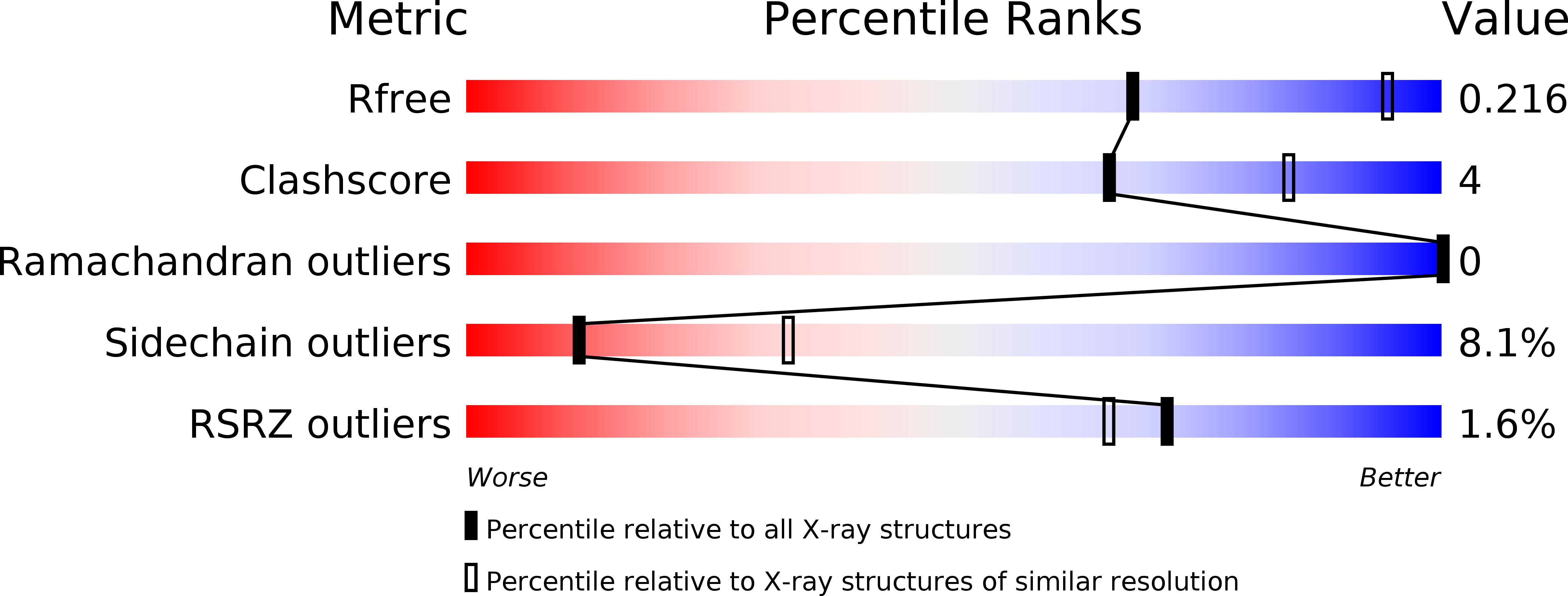
Deposition Date
2014-12-15
Release Date
2014-12-31
Last Version Date
2023-09-20
Entry Detail
Biological Source:
Source Organism:
Listeria monocytogenes (Taxon ID: 1639)
Host Organism:
Method Details:
Experimental Method:
Resolution:
2.80 Å
R-Value Free:
0.21
R-Value Work:
0.17
R-Value Observed:
0.18
Space Group:
P 21 21 21


